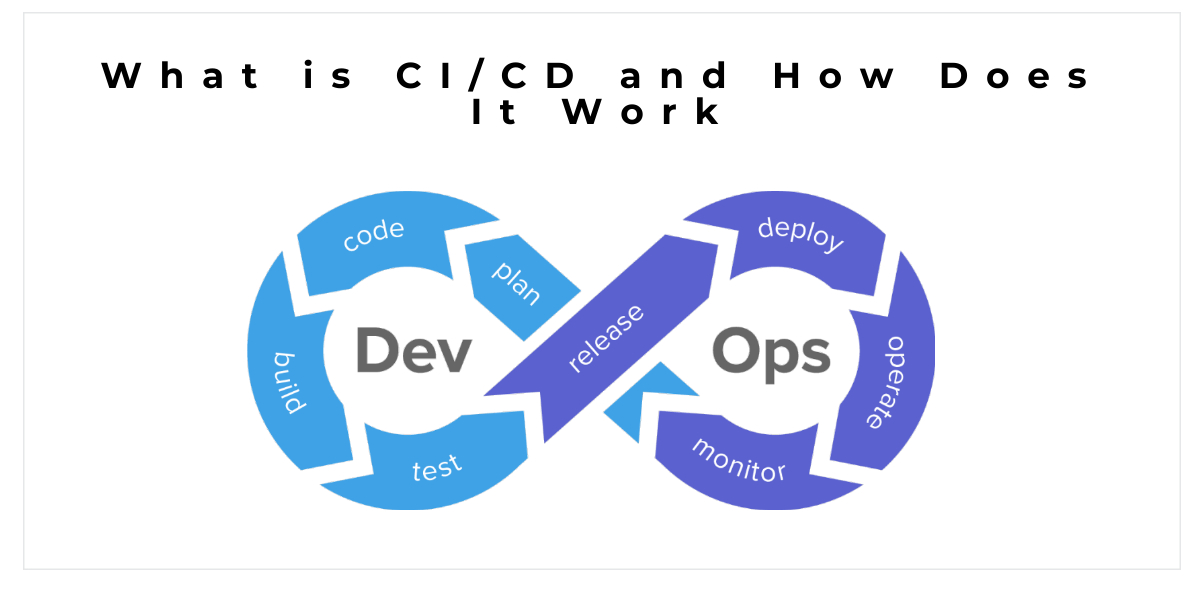Continuous Integration (CI) and Continuous Development (CD) are collectively referred to as CI/CD. CI and CD are pivotal practices in software development. CI/CD helps development teams deliver higher quality software more efficiently. Let’s break down CI and CD and then see how they work together.
What is Continuous Integration (CI)?
CI is a development practice where developers frequently commit code changes to a shared repository. Each commit triggers an automated build and testing process, ensuring that changes are integrated smoothly and issues are detected early. This helps identify and address integration problems early, improving code quality, and reducing the time it takes to release new software versions.
CI includes a Version Control System (VCS) where developers commit their code changes. GitHub, GitLab, and Bitbucket are popular platforms for hosting VCS.
An automated build system compiles the code and creates executable artefacts. Tools like Jenkins and Travis CI are commonly used for this purpose. These tools can use Clang, a front end complier, for the build process.
After the build, automated tests (unit tests, integration tests, and UI tests) are run to verify that the new code functions.
Successful builds generate artefacts, which are stored and can be used for deployment. These artefacts include compiled code, libraries, and configuration files.
What is Continuous Deployment (CD)?
CD automates the release of validated code changes to production. Every change that passes all stages of the production pipeline is deployed to the live environment without human intervention.
CD involves a deployment pipeline, or a sequence of stages through which code changes pass before being deployed. These stages typically include build, test, and deployment phases.
It also involves managing different environments (e.g., development, testing, staging, production), and ensures that code is tested in conditions that resemble production as closely as possible.
Tools like Kubernetes, Docker, and Ansible automate the deployment process, ensuring consistency and reducing the risk of human error.
Another important aspect of CD is continuous monitoring of deployed applications, which ensures that any issues are detected and addressed promptly. Tools like Prometheus, Grafana, and ELK Stack are commonly used for monitoring and logging.
So how does it all work?
The first stage of CI/CD is developers writing code and committing changes to the VCS. Each commit triggers the CI/CD pipeline.
The CI system checks the latest code, compiles it, and builds artefacts. If the build fails, the automated build system notifies the developers to address the issues.
The build artefacts undergo a series of automated tests. If any test fails, the pipeline halts, and developers are notified to fix the problems.
If all tests pass, the artefacts are deployed to a staging environment for further testing and validation.
A manual approval step may be included before deploying to production. This step ensures that stakeholders can review changes before they go live.
Validated changes are automatically deployed to the production environment. Monitoring tools keep track of the application's performance and health post-deployment.
A final word
CI/CD practices are integral to the software development process, and automate the integration, testing, and deployment of code changes. This automation not only enhances efficiency and reduces time-to-market but also improves code quality and reliability.
By adopting CI/CD, development teams can ensure a consistent, reliable, and rapid delivery of software, ultimately leading to better products and user satisfaction.








